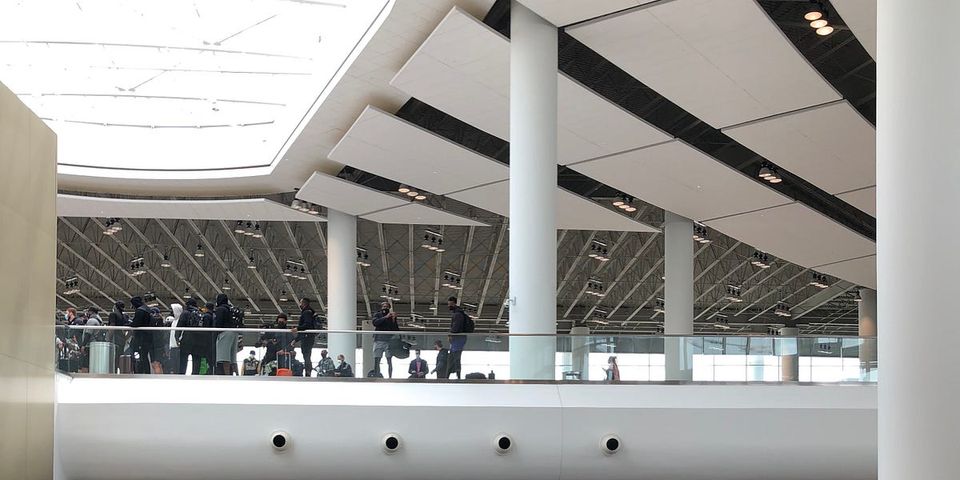Refresh, Ida (Against the Law)

This is Friday Letters, refreshed for Fridays (for the first time since the pandemic began), a first AGAINST THE LAW edition.
I’m refreshing the newsletter in the middle of writing my new book, A WOMAN IS AGAINST THE LAW, because I always wanted to have a place to talk about doing the work even as I have to wait a little while yet to show you the work.
A year ago this week, the tropical depression which had been Hurricane Ida flooded parts of Brooklyn and Queens after making landfall in Louisiana, destroying homes in La Place and Isle de Jean Charles and Pointe-aux-Chenes. The book has nothing to do with hurricanes, but I can’t think about the book without Ida—which I narrowly missed, having taken the train down to New Orleans to hole up with books and make notes for a few days in the affordable solitude of Louisiana in August. I felt and still feel like I wasn’t really leaving because my last-minute flight out was not leaving a home behind; I was one of the people who was herself going home. But then Ida came here, too. If you are one of the handful of people I have seen in the last year I probably told you some version of this story, still uncomfortably, about how this is what climate change means now: a storm can follow you home, from the Gulf to the Gowanus.
Here’s what I wrote before going to New Orleans a year ago, about writing my new book and then, after Ida, decided I would not send:
Over the next six months or so, I’ll be taking time off from The New Republic (and almost everything else) to start writing my next book, A Woman Is Against the Law, to be published in 2024 by Little, Brown. My editor there is Jean Garnett, who—because it’s still a pandemic—I still haven’t met in person.1 On Monday, we met over Zoom for the first time since she made an offer on the book. Everything about books is slow, and I’ve almost adjusted to it now. When I wrote Playing the Whore, I had only just started getting feature writing assignments. The pace of my work then, turning around 1200 news-responsive words in a few days after trying to get an editor to accept a pitch, was more like slow-blogging than book-writing. Now I do that kind of story in one day because that’s how it works inside the magazine. Now I report and write a 5000 word feature story in a month (minus fact-checking, copy edits, proofs, etc.). If I have any preoccupation with hitting word counts and making good time, it’s only insofar as those numbers tell me how much time I can travel, how long I can do interviews, how deep into the archives I can go. It’s an anchor when I feel limitless—which, at this point having been doing this coming up on 15 years, I do most of the time. I’m confined by a deadline, that’s all that’s keeping me from just going and reading and meeting new people and making more calls and hitting up people who still have JSTOR access for one more article, etc. etc.2 This is how I’ve learned to do this and I’m entirely innocent of how anyone else is taught how to do this. It also is no great loss that I don’t know: journalism school doesn’t teach you how to write much less be a professional writer, whereas a good writer can get an education in reporting and the business of journalism.
That all feels so falsely confident. And out of step with its moment. Because this is where the book really started: watching the march of productivity go by from the remove of my anxiety. How do you work through disaster and crisis? Arguably, I already had been and we already have been.
“Climate change is coming for everybody, whether you live on a coast or not,” Ko Bragg and Virginia Walcott wrote last September. “Ida made that clear as the storm's remnants traveled north, killing 43 people across New York, New Jersey, Pennsylvania, and Connecticut. Never before had The National Weather Service declared a flash flood emergency in New York City. The week prior, 17 inches of rain in Tennessee killed at least 22 others. Capitalism's death march is made even more clear when out-of-state (and out-of-touch) employers ‘check in’ about our capacity to work in the days and hours after Ida knocked New Orleans' power infrastructure into the river, flooded the parishes outside of levee protection, and destroyed entire Indigenous communities on the coast.”
I slowed down, then, right as I began. I
A few days ago, just shy of the anniversary, I was back, and in La Place for the first time. I took a tour of the 1811 Kid Ory Historic House, tended by a former photojournalist for the Times-Picayune who tells the story of the early days of jazz alongside the story of the 1811 rebellion of enslaved people that began there when it was a plantation house. It closes for good on October 1, unless someone or some place steps in, maybe.
FROM THE PLAYLIST //
As of this writing, the book’s playlist is five years old and clocks in at 6 hr 32 min. Here’s one song: “Tin Roof Blues,” as performed by Danny Barker, whose New Orleans birthplace has a pretty courtyard that I got to spend some days writing in earlier this year.
STATION IDENTIFICATION //
This is Friday Letters, by Melissa Gira Grant (me), back on Fridays again.
Subscribe now, if you haven’t already, and thanks for reading.
x
MGG
// melissagiragrant.com
// 00089

Member discussion